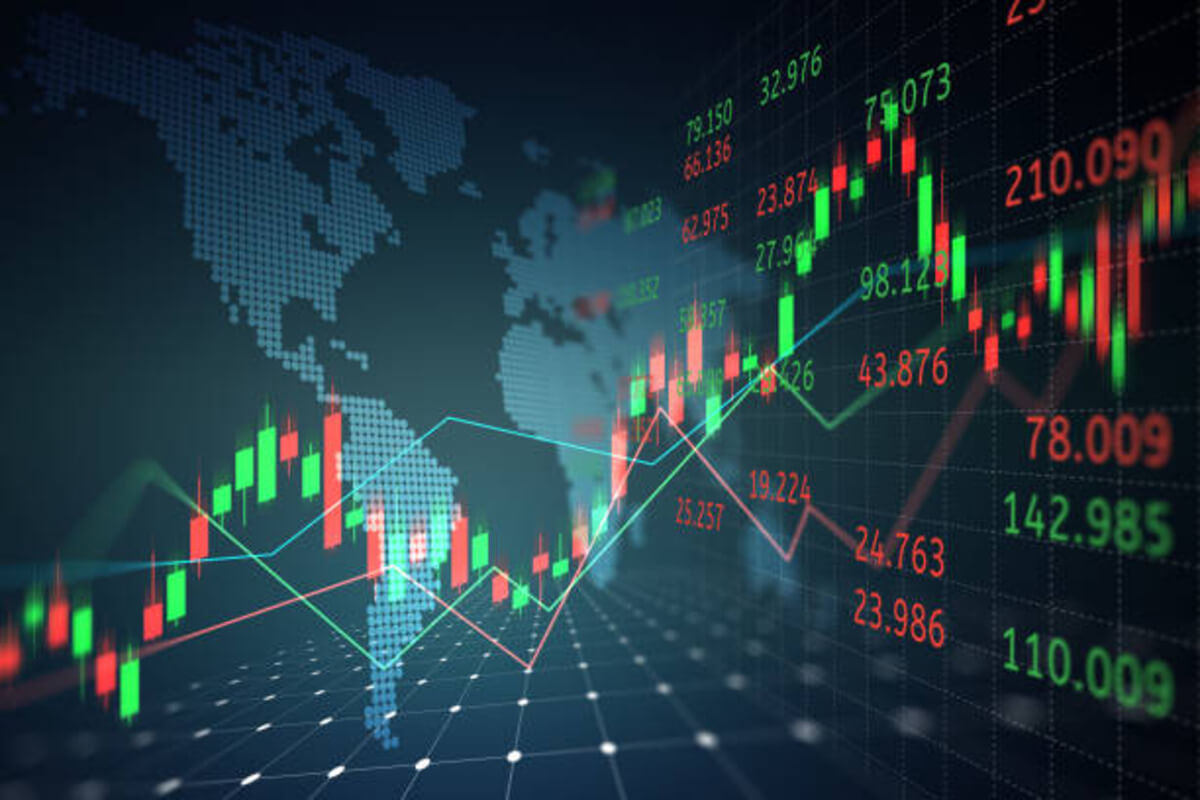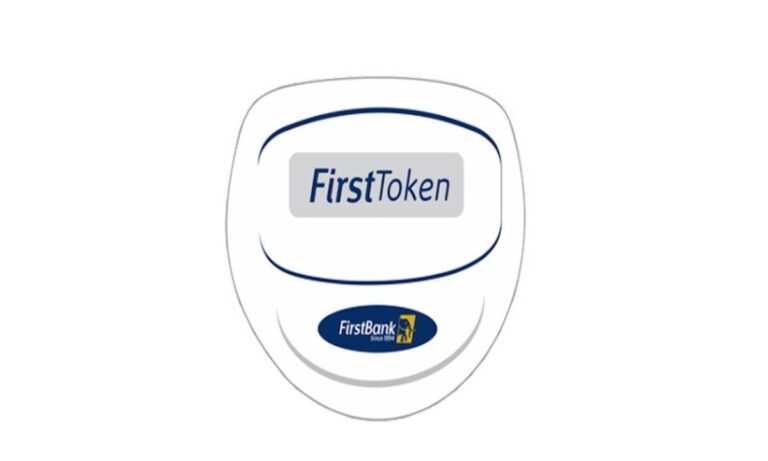How to Start Forex Trading for Beginners
Entering the world of forex trading may be both exhilarating and overwhelming for newcomers. Forex, or foreign exchange, is the trading of currency pairings and has the potential for large rewards. However, success in forex trading necessitates a thorough understanding of the market, as well as methods and risk management. This tutorial is intended to provide novice traders with a clear path to help them get started in forex trading on the right foot.
In this section, we will go through the fundamental concepts, advantages, and disadvantages of forex trading. You will be better equipped to make informed decisions when you enter this dynamic and potentially lucrative arena if you obtain a thorough understanding of the currency market’s mechanics. Whether you’re a complete newbie or have some trading experience, this guide will help you learn the fundamentals of forex trading and lay a solid basis for your trading career.
Advertisement
Also, check out Functions of the Financial Market.
Learning the Fundamentals of Forex Trading
Before getting started in forex trading, it’s critical to understand the fundamental concepts that govern this volatile market. Understanding the fundamentals will allow you to manage the complexities of currency pairs, market movements, and trading techniques.
Advertisement
- Currency Pairs: Currency pairs are traded in forex trading, such as EUR/USD or USD/JPY. Each pair denotes the exchange rate of two currencies. The first currency is called the base currency, while the second is called the quote currency.
- Bid and Ask Prices: The bid price is the lowest price at which traders can sell a currency pair, while the asking price is the highest price at which they can buy it. The spread is the difference between these prices.
- Pips and Lots: A pip is the smallest price movement that a certain exchange rate can make in accordance with market tradition. The size of a trade is referred to as a lot, with a common lot being 100,000 units of the base currency.
- Leverage: Leverage enables traders to control greater holdings with less capital. While leverage might increase profits, it also increases possible losses.
Benefits and Considerations
Understanding these fundamentals will provide you with a good basis for FX trading. Remember that while the potential for profit is high, so is the danger. Understanding these essential concepts will enable you to make more educated judgments as you move through your forex trading adventure.
Essential Steps to Begin Forex Trading
Before you begin executing trades, you must first create a solid basis for your forex trading adventure. Setting up your trading environment, obtaining relevant knowledge, and creating a disciplined trading technique are all part of this.
- Educate Yourself: Begin by learning everything you can about the FX market. Examine market trends, technical analysis, fundamental analysis, and trading tactics, among other things. To expand your expertise, use internet resources, tutorials, and educational materials.
- Select a Reliable Broker: Choosing a reputed forex broker is an important decision. Look for brokers who are regulated by the appropriate authorities, have competitive spreads, user-friendly interfaces, and outstanding customer service.
- Demo Trading: Most brokers have demo accounts, which allow you to practice trading with simulated funds. Take advantage of this opportunity to test your methods, become acquainted with the trading platform, and acquire practical experience without putting real money at risk.
- Create a Trading Strategy: A trading strategy outlines your objectives, risk tolerance, and trading approach. Details like as entry and exit points, position sizing, and risk management criteria are included. A well-defined plan assists you in remaining disciplined and avoiding rash decisions.
- Risk Management: Effective risk management is critical for capital preservation. Set stop-loss orders to limit potential losses and decide how much of your capital you are willing to risk per trade.
Benefits and Considerations
You’ll be more equipped to negotiate the hurdles and exploit the chances presented by the forex market if you set up your trading environment, educate yourself, and build a disciplined strategy. Keep in mind that forex trading necessitates ongoing learning and adaptability.
Navigating the Forex Trading Platforms and Tools
Forex trading in the digital age is done using sophisticated online platforms that provide real-time market data, analysis tools, and order execution. Navigating these platforms and utilizing the appropriate tools is critical for properly and efficiently executing deals.
- Selecting a Trading Platform: Most brokers provide their own trading platforms or support popular platforms such as MetaTrader 4 (MT4) and MetaTrader 5 (MT5). User-friendly interfaces, configurable charts, technical indicators, and expert advisors (EAs) for automatic trading are all available on these platforms.
- Chart Analysis: is the study of price charts to detect patterns, trends, and probable trade settings. Forex trading platforms include a variety of charting tools and indicators to help you with your analysis.
- Tools for Fundamental Analysis: Fundamental analysis entails assessing economic indicators, news events, and geopolitical variables that influence currency fluctuations. Keep up to speed with your trading platform’s economic calendars and news feeds.
- Risk Management Techniques: Effective risk management techniques, including stop-loss and take-profit orders, are critical for limiting possible losses and maximizing gains. You can use these tools to specify specified levels at which your trades will be automatically closed.
- Platform Demo Trading: Many trading platforms provide demo accounts with virtual funds. Use these accounts to practice trading, testing methods, and becoming acquainted with the platform’s features.
Benefits and Considerations
Using the correct tools and navigating forex trading platforms improves your ability to assess the market, make informed decisions, and execute trades swiftly. However, keep in mind that each platform will have a learning curve, so choose one that fits your trading style and interests.
Also, check out Functions of Finance Departments.
Developing a Forex Trading Strategy and Managing Risk
A well-defined trading strategy and effective risk management are essential for successful FX trading. A trading strategy gives a structured approach to decision-making, whereas risk management controls and minimizes potential losses.
- Determining Your Trading Style: Determine whether you prefer day trading, swing trading, or long-term investment. The frequency of your trades and the time frames you utilize for analysis will be influenced by your trading strategy.
- Technical and Fundamental Examination: Determine whether you will rely mostly on technical analysis, fundamental analysis, or a combination of the two. Technical analysis is concerned with charts and indicators, whereas fundamental analysis is concerned with economic and geopolitical concerns.
- Determining Entry and Exit Points: Determine clear entry and exit points for your trades based on your investigation. This keeps you from making rash decisions and helps you stick to your trading strategy.
- Risk-Reward Ratio: Calculate your risk-reward ratio, which quantifies the potential gain from trade in relation to the risk you’re willing to take. A positive risk-reward ratio boosts your overall profitability.
- Leverage and Position Sizing: Determine the proper position size based on your risk tolerance and account size. Leverage can multiply gains while also magnifying losses, so use it wisely.
- Continuous Learning and Adaptation: Because the forex market is constantly changing, successful traders must constantly learn, adapt, and perfect their tactics. Keep a trading log to track your deals, assess your strengths and shortcomings, and make modifications as needed.
Benefits and Considerations
Creating a forex trading strategy and controlling risk are essential components of a profitable trading trip. Remember that no method can eliminate all risks and that losses are an inevitable aspect of trading. You can improve your chances of long-term success in the forex market by developing a well-defined plan and sticking to risk management rules.
Conclusion
With this comprehensive tutorial, you’ll have the fundamental knowledge you need to start your forex trading experience as a novice. Remember that a great trader must be patient, disciplined, and constantly learning. Stay informed, be cautious, and gradually expand your experience in the world of forex trading as you embark on this fascinating adventure.
Before you go, check out Sources of Finance for Businesses.






